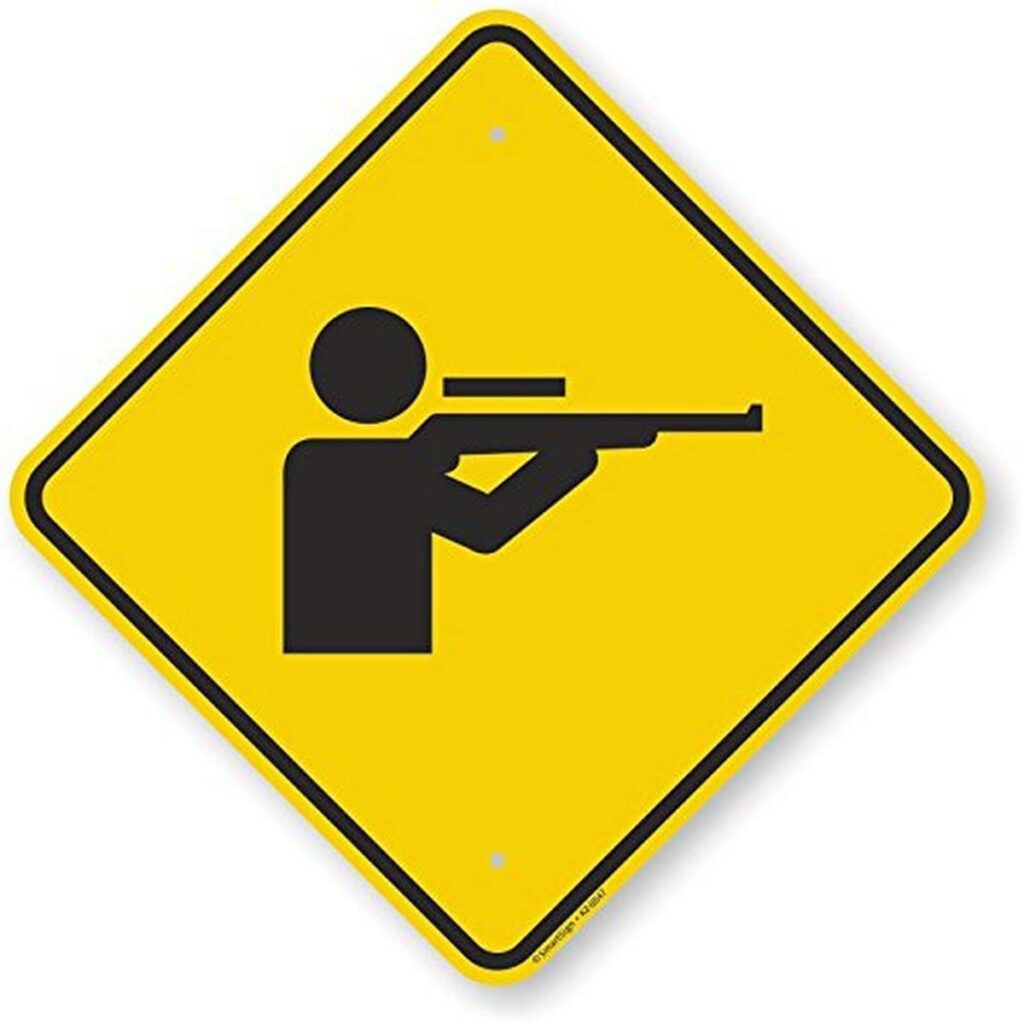Safety First: Basic Essentials for Responsible Shooting

For firearm and hunting enthusiasts, safety should always be the top priority. Whether you’re engaging in target shooting or heading out on a hunting trip, it is crucial to ensure a safe experience is the top priority. In this post, we will discuss several essential tips for maintaining safety. By implementing these practices, you can protect yourself, those around you, and the integrity of the sport.
1. Familiarize Yourself with Firearm Safety Rules:
Before handling any firearm, it’s essential to become well-versed in firearm safety rules. Remember the fundamental principles: always treat every firearm as if it is loaded, keep your finger off the trigger until ready to shoot, never point the muzzle at anything you don’t intend to shoot, and be aware of your target and what lies beyond it. These rules should be ingrained in your mind and practiced consistently.
2. Complete Firearms Training and Education:
Investing in proper firearms training and education is invaluable. Attend courses that cover firearm handling, shooting techniques, and safety procedures. Learning from experienced instructors will equip you with essential knowledge and skills to handle firearms responsibly. Stay up-to-date with your training to refresh your skills and reinforce safe practices.
3. Safety Gear and Equipment:
Always wear appropriate safety gear when out in the field. This includes hearing protection, and, when hunting, blaze orange clothing to ensure visibility and to reduce the likelihood of accidents. We recommend always having a trauma kit on hand whether you are shooting alone or with others. This provides some assurance that even if something were to happen, you will be better equipped to immediately address the situation – sometimes it can be an hour or more before help arrives.
4. Secure Storage and Transportation:
When firearms are not in use, they should be stored securely in a locked container or gun safe. If possible, ammunition should also be locked up. When transporting firearms, ensure they are unloaded and secured appropriately. Responsible storage and transportation helps to prevent unauthorized access and minimize the risk of accidents. Please note that Canada has specific legislature around the storage and transportation of firearms. Please refer to the most up to date version of the appropriate government provided information for specifics.
5. Communicate and Coordinate:
When participating in group activities such as hunting or shooting events, effective communication is essential. Establish clear communication protocols and signals to convey important information, such as when someone is ready to shoot or when firearms should be unloaded. Coordination among participants helps prevent misunderstandings and maintains a safe environment. Walker’s offers hearing protection devices that allow for verbal communication while still effectively reducing the volume of gunshots. We would highly recommend this type of hearing protection device when shooting in a group setting.
6. Scout and Plan Your Hunting Location:
If you’re heading out for a hunting excursion, thoroughly scout and familiarize yourself with the area ahead of time. Identify potential hazards, such as sudden terrain changes, bodies of water, and populated areas in the vicinity. Plan your hunting strategy and ensure you’re aware of local regulations and any specific safety guidelines that apply to the area.
7. Be Mindful of Your Surroundings:
Whether target shooting or hunting, always be aware of your surroundings. Pay attention to nearby structures, trails, roads, and other people in the vicinity. Be exceedingly careful when shooting or hunting near occupied areas, and never shoot at sounds or movements without positively identifying the target. Taking the time to assess your surroundings minimizes the risk of accidental injury or property damage. Safety is paramount when engaging in any activity involving firearms. By adhering to firearm safety rules, investing in proper training, utilizing safety gear, ensuring safe handling of firearms during storage and transportation, communicating effectively, and being mindful of your surroundings, you can ensure a safe and responsible experience. Remember, these common-sense practices not only protect yourself and others but also preserve the integrity and future of these activities.
Stay safe, respect the sport, and enjoy the rewarding experience of sending lead downrange.
Legal disclaimer: This post touches on safety, medical and legal aspects of firearm ownership but is not to be considered professional safety, medical or legal advice. If you have questions in these categories, it is always best to consult a professional for the given field.
Thanks for reading,
P.O.C. Team

